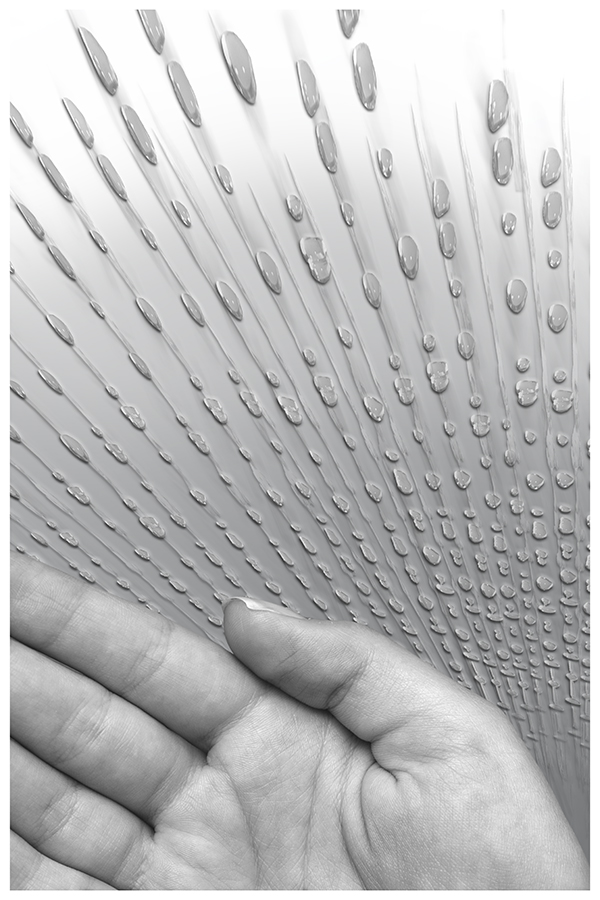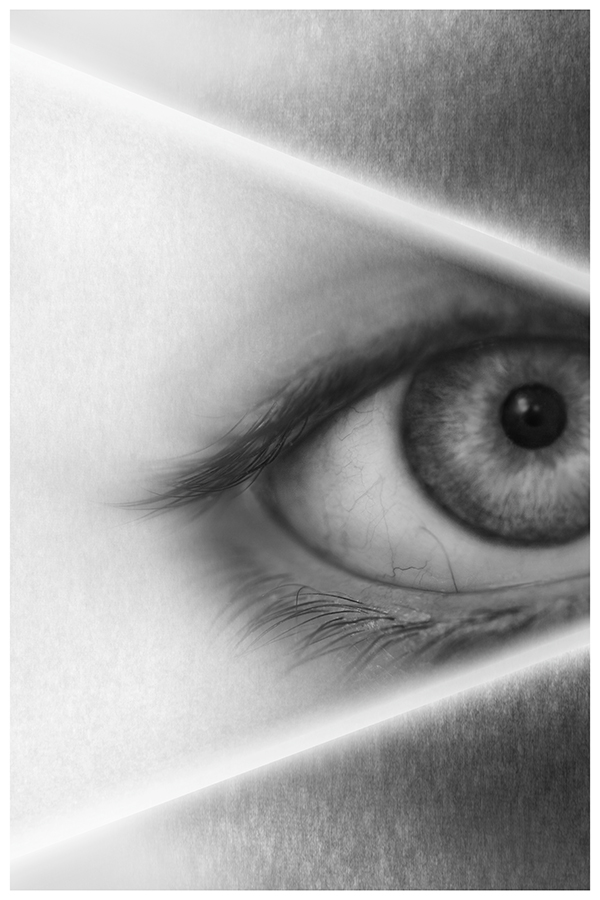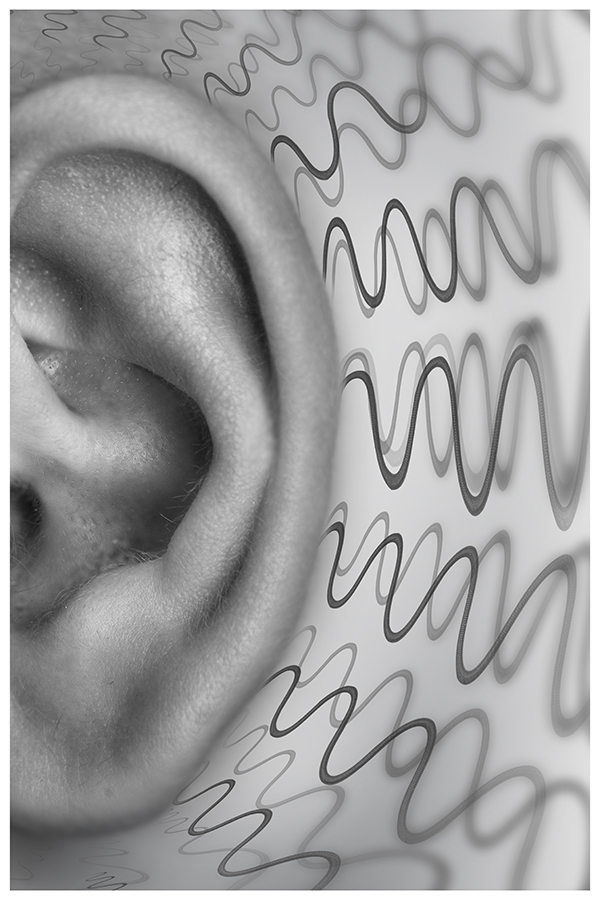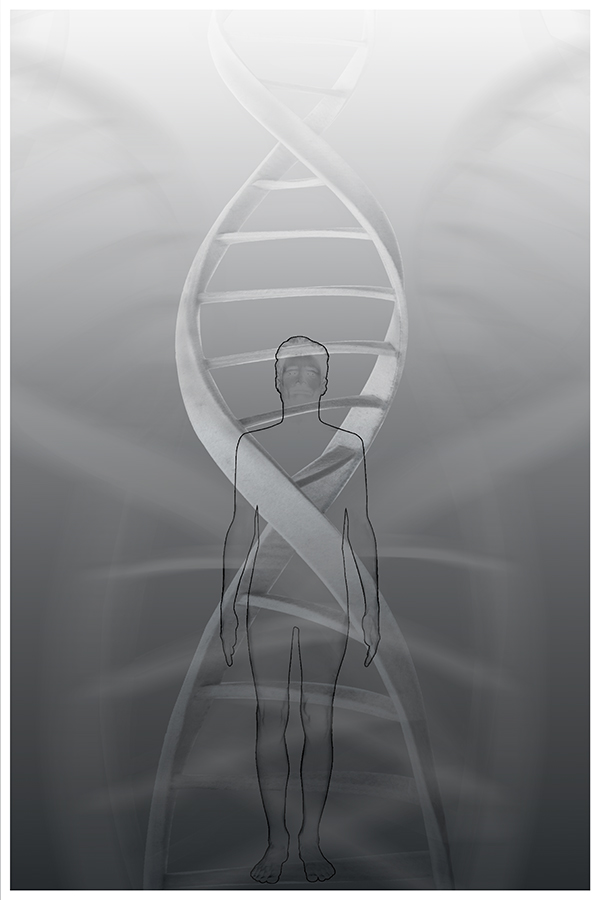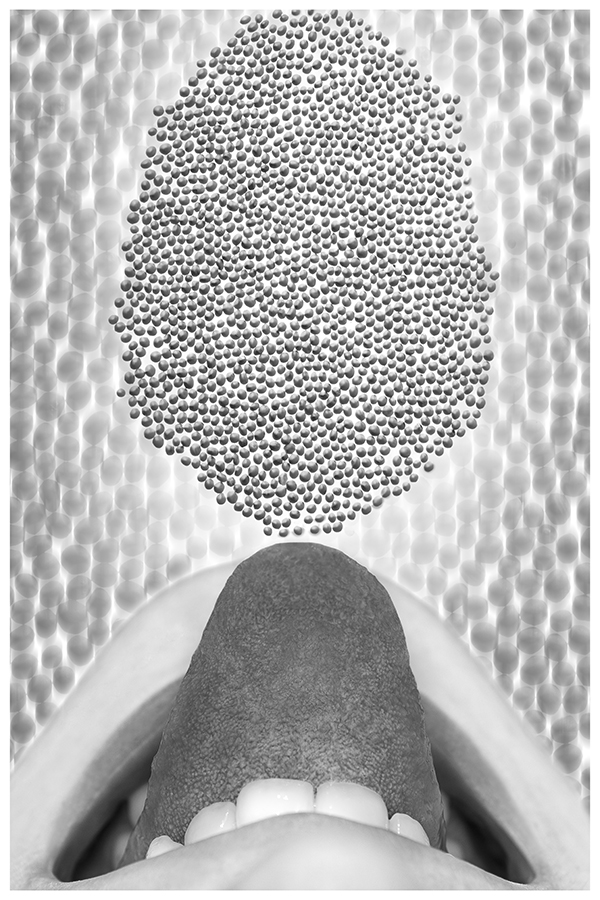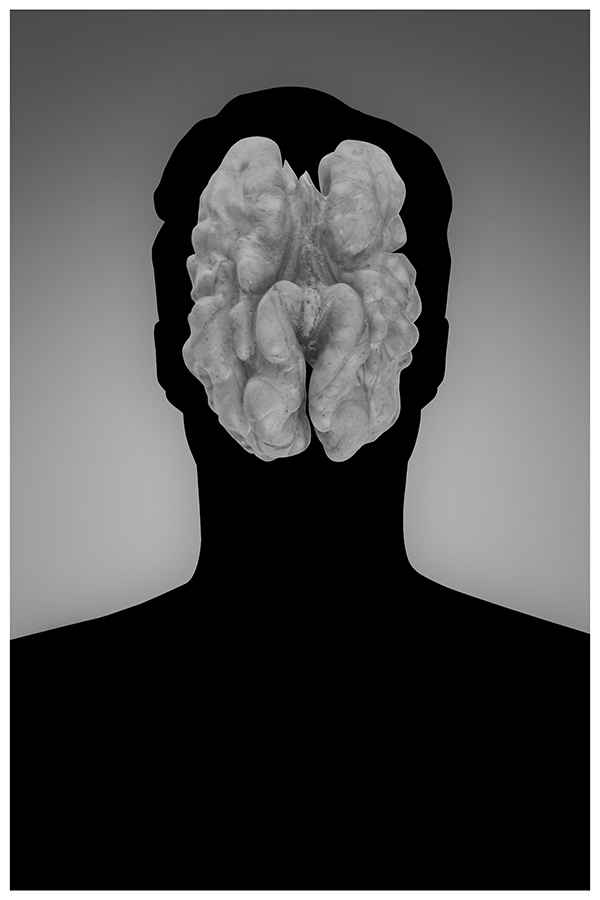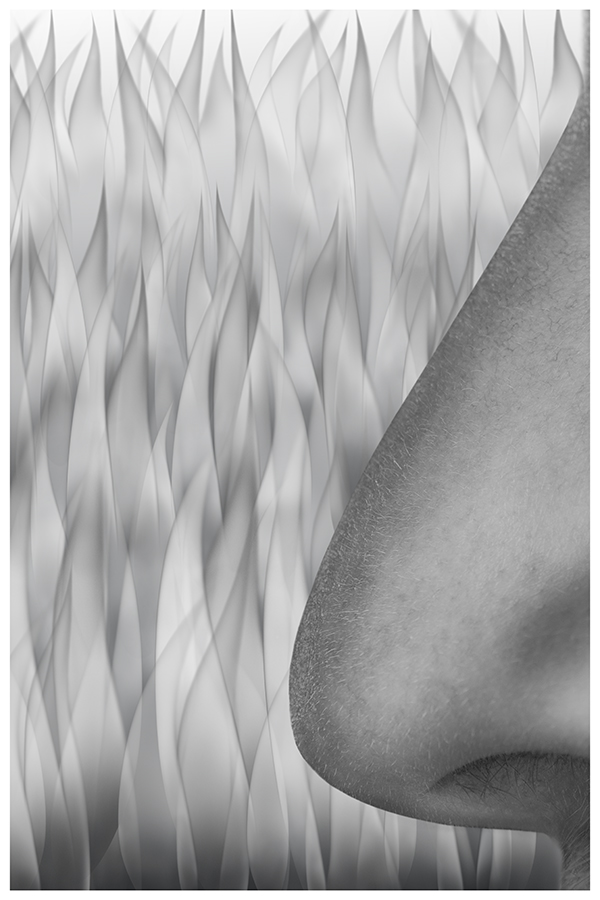Fassal Thayakath, India/Indie - prace dyplomowe - KSA
‘ONENESS’ is an inspired thematic idea that is based on diversity and equality of human being. Even though we consider human genetically different by birth, the identical equality of consciousness is similar in each and every human which is “I”. This individual identity such as name, belonging, profession etc. is formed in the brain by the vast amount of information that is naturally or artificially collected by five senses. Beside this information, the similarity is equal in every human, because information is varied and it can be manipulated. Once the formed in- formation in brain has changed, the whole individual characteristic will be different. Ultimately, human identity is formed based on ‘I’. Most of the early civilizations lacked adequate knowledge about human brain. In ancient Egypt, the brain was removed regularly during mummification. The concept about the heart in ancient world was that it is the thinking and seat of the intelligence of the human body. When warriors were killed during the war, physicians studied the heart of the warrior to analyze the ‘power’ of the mind. Bigger size heart belongs to braved warrior and smaller is weaken. An ancient Egyptian medical text dates back to the period of 1600 BC, later named as Edwin Smith Papyrus once bought in 1862, the oldest known surgical treatise on 48 different surgical cases of injuries, fractures, wounds, dislocations and tumors. It contains the earliest recorded reference to the human brain including the symptoms, diagnosis, and prognosis of patients who were wounded in the head. While the symptoms are written and detailed in this text, the absence of a medical precedent is apparent. Observations by ancient civilizations of the human brain suggest only relative understanding of the basic mechanics. Furthermore, ancient human anatomy was based on myths and superstition. During the second half of the first millennium BC, the ancient Greeks developed differing views on the function of the brain. One of the most eminent Greek natural philosopher and medical theorist called Alcmaeon of Croton who lived 5th century BC, known as one who considered the brain to be the place where the mind is located. According to ancient authorities, “He believed the seat of sensations is in the brain to synthesize sensations makes it also the seat of thought: The storing up of perceptions gives memory, belief and when these are stabilized you get knowl- edge”. In the 4th century BC, Hippocrates who considered as most outstanding figures in the his- tory of medicine, believed the brain to be seat of intelligence. During the 4th century BC, Aristotle, another well-known Greek philosopher and scientist thought that, while the heart was the seat of the intelligence, the brain was the cooling mechanism for the blood. In contrast, Greek thought differently regarding the sanctity of human body, the Egyptians had been embalming their dead for centuries, and went about the systematic study of the human body. During the Hellenistic period, Herophilus , another ancient Greek physician born in 325BC, deemed to be the first anatomist, and Erasistratus , born in 304 BC, Greek anatomist and royal physician, made fundamental contributions not only to brain and nervous systems. Herophilus distinguished the cerebrum and cerebellum and provided first clear description of the ventricles. During the Roman Empire, the Greek anatomist Galen, born in 129AD, was a surgeon and phi- losopher in the Roman Empire, dissected brains of the sheep, monkeys, dogs, swine, among other non-human mammals. His findings on brain were outstanding. During renaissance period, an eminent physician called Andeas Vesalius who was born in 1514 in Brussels studied human cadavers, and he noted structural characteristics of brain and general nervous system, also he proposed that the brain was made up to seven pairs of ‘brain nerves’, each with special function. Other renowned scientist Leonardo da Vinci furthered Vesalius works by adding their own detailed sketches of the human brain. When modern period started, role of electricity in nerves was first observed in dissected frogs by Luigi Galvani in the second half of the 18th century. Richard Caton, an English scientist found electrical phenomena in the hemisphere of rabbits and monkeys. Studies of the brain became more sophisticated after invention of microscope. In the late 19th century, Emil du Bois-Rey- mond, Johannes Peter Muller, and Hermann von Helmholtz showed neurons were electrically excitable and that their activity predictably affected the electrical state of adjacent neurons. ONENESS Since beginning of twentieth century, neuroscience had developed and recognized distinct uni- fied academic discipline that has acquired knowledge immensely about human brain. Indian ancient language Sanskrit called human mind as ‘manas’, word manas derived from the root ‘man’. It defined as the recording faculty; receives impressions gathered by the sense from outside world, and it continues definition of ‘manas’ as divided into four parts of the inner con- sciousness and rest of the three parts that are ‘the intellect’, ‘the memory’, and ‘the ego’. Considering functions of senses, sense organ ‘eye’ is sensible only for light which is in between infra and ultra rays. Nose is sensible for all kind of gas molecules. Taste buds are variably dis- tributed only on tongue. Between twenty hertz to twenty kilo hertz sound frequency is active for human ear. And, skin is the only biggest organ on human body that is active for touch and signal pass to brain at the speed of three hundred thousand kilometer per second that is equal to light speed through nerve system. Part of the brain start collecting and saving all those information which reaches by five senses since a human born. The personal identity is being formed through growing process of a human, depends on what kind and type of the information are given. But this process is happens by both naturally and artificially. Learning the languages, learning for driving are few examples. During the period of receiving information to the brain, it will start forming particular condition with certain information, and personality is being created. Besides the process of the formation of personality, each and every human mind is equally born. The basic characteristic of the mind is based on intellect, memory and ego. Ego acts as the major part as who to be formed the personal identical consciousness that carries only in the human mind in all the life time, and that is what the individual difference, nothing else! ONENESS is seen here where on the basis of the human ego that temporary carries with vast amount of information. Here I want to explain my understanding of the each individuality and the difference with each other through out my each picture. Organic senses eye, ear, nose, skin and tong are drawn in background with functions that are related with. It is seen in the pictures an eye is bordered with light, nose with flame that stands for gas, tong is with buds, ear with sound waves and skin function shows how the touch sensitivity which is connected to the brain. Three pictures of por- traits in background – DNA which is the very basic human physical body structure and the rest of the pictures show how information is formed by five senses in the brain and makes individual personality. Leonardo da Vinci’s drawings are my inspiration to bring my ideas on the paper. In this digital age, I used many images to blend and edit in Adobe Photoshop to be shaped into maximum perfection. Behind the reason of black and white Illustration of the images is the importance of the idea rather than images can convey my theme without losing perception of reality. Black and white images simply represent light and shadow to an audient mind and it can interact easily. Also, black and white pictures are always classical look is another major reason that I chose it. Here, importance is ideal illustration rather than beauty of the images. My sincere gratitude to my promoter Miss. Marzenna who helped me intensively to make it hap- pen.

